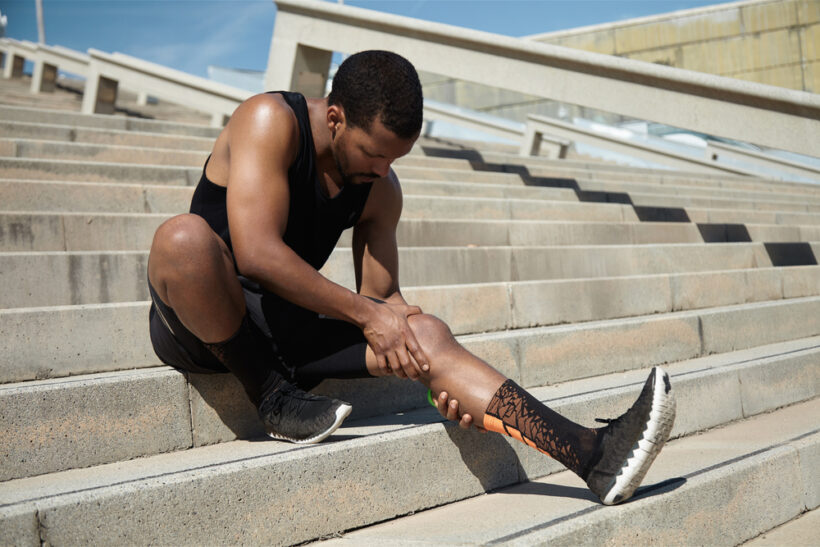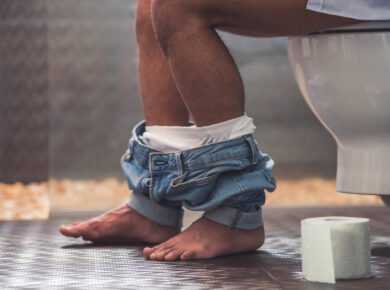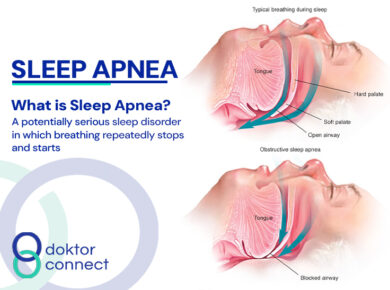Imagine this; it’s a lovely Saturday evening. You’re lying on the bed and you feel this sudden cramp-like pain at the back of your leg (calf muscles). You’re confused, you don’t know what is happening or what to do. Guess what? You may be having leg cramps and you’re in luck as we’ll talk about simple first aid you can take to relive this cramp as you read along.
So, leg cramps occur when the muscles in the leg suddenly contract (shorten), causing pain and making it hard to move
How Common are Leg Cramps and Where Does it Occur?
It is a common and usually harmless condition and can affect the calf muscle, thigh muscle, below and behind the knee, and the small muscles of the feet. About 4 in 10 people who have leg cramps have at least three episodes per week
They are more common in older people. About 1 in 3 people over the age of 60 and about half of people over the age of 80 have regular leg cramps..
How long do they last and when do they often occur?
In some cases it lasts just seconds; however, it can last up to 10 minutes. The severity of the pain varies and the muscle may remain sore even up to 24 hours after a leg cramp.
Leg cramps usually occur when you are resting – most commonly at night when in bed.
Common Causes of Leg Cramps
The reason for some cramps is unknown. However some common causes are;
- Ageing
- Pregnancy
- Side effects of certain medicines e.g cholesterol lowering medication (statins) or high blood pressure medication (diuretics)
- Liver disease because of too much alcohol
- Over-exertion of the affected muscles
- Not taking adequate water causing dehydration.
- Individuals having kidney (renal) dialysis
- An untreated underactive thyroid gland.
- Peripheral arterial disease– narrowing of the leg arteries which causes poor circulation.
What can you do during a Leg Cramp?
- Stretching and massaging the muscle affected may relieve a leg cramp, although most cramps go away without you doing anything.
- Painkillers may help to ease muscle soreness after a cramp, but they will not help when it’s happening as they take some time to start working
Steps to take to preventing Leg cramps
To stretch calf muscles, stand about 60-90 cm from a wall. Then, keeping the soles of your feet flat on the floor, bend forwards and lean on the wall. You will feel your calf muscles stretch. Do this several times, each time for as long as you can manage. It may take a week or so of exercises before you notice an improvement.
At first, do stretching exercises of affected muscles for about five minutes, three times a day. Do the last exercise shortly before bedtime.
This may help to reduce the frequency and severity of cramps in the calf muscle but may not completely stop them from happening. If the cramps ease off, you may then only need to do the exercise once or twice a day to keep the cramps away.
- Posture of the legs when resting in bed
Positions which prevent the calf muscle from shortening when you are asleep may help such as;
- Sleeping on your back: Use a pillow to prop the feet up in bed.
- Sleeping on your front: Hang the feet over the end of the bed
- Keeping blankets loose at the foot of the bed to prevent toes and feet from pointing downwards during sleep
- Treating the underlying cause
As mentioned earlier, treating the underlying cause is a great first step to preventing leg cramps. So if you identify a lack of adequate water, then drink enough water.
4. Speak to a doctor
As there are other more causes of leg cramps, and you many need further investigations and treatment
Thus, it is important to speak with a with a doctor especially if the leg cramps disturbs your sleep, last longer than expected or you have some concerns




